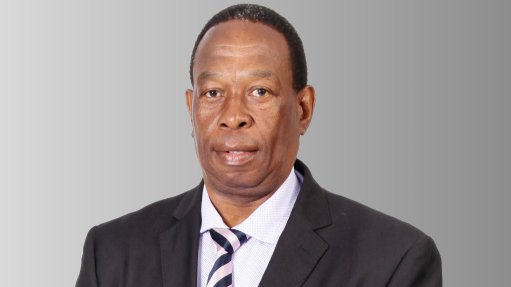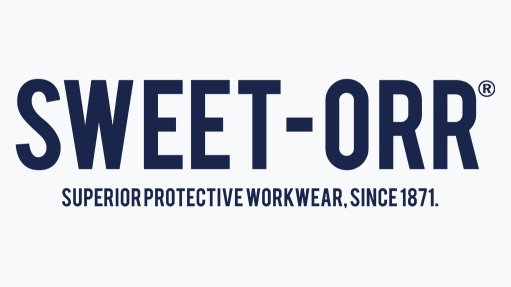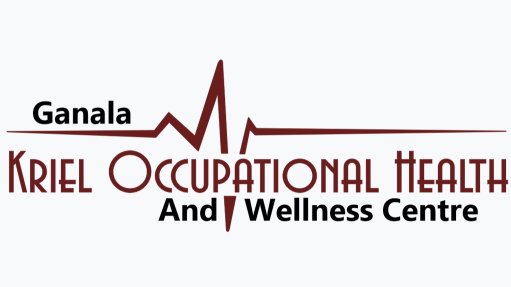Teraco moves to grow and green SA data-centre footprint

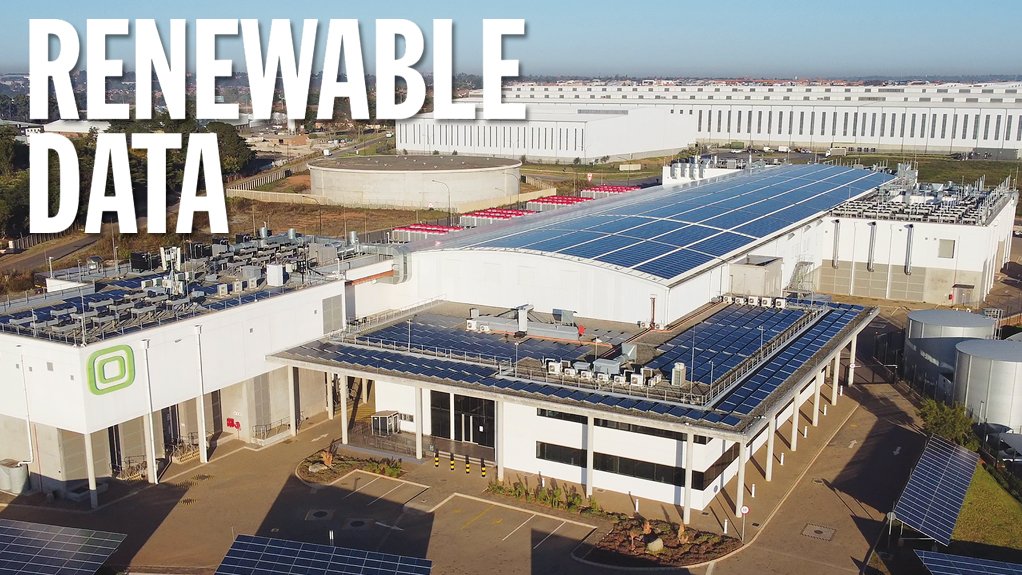
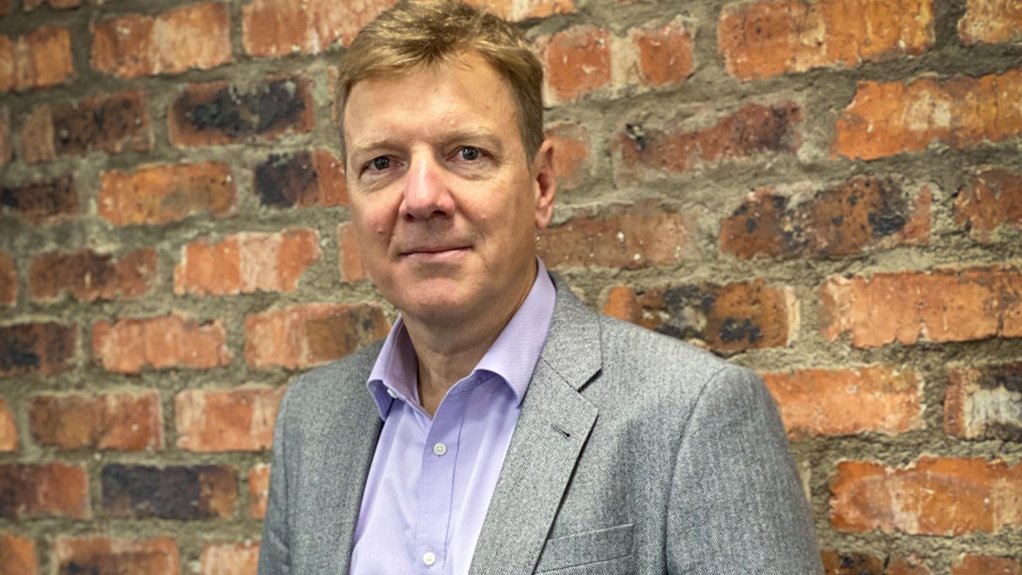
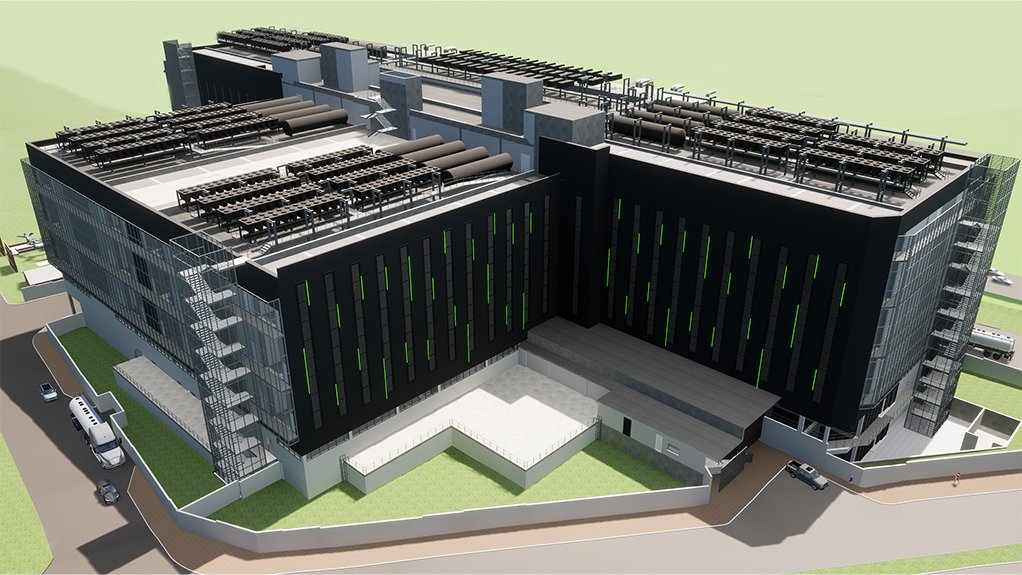
Teraco CEO Jan Hnizdo 2024
Teraco incorporates various designs and technologies to improve the performance and efficiency of its facilities
Digital transformation is happening in every industry and digitalisation of the economy is intensifying the need for highly available, and sustainable, information and communication technology (ICT) infrastructure.
Against this background, data centre infrastructure and services company Teraco is undertaking significant construction projects to support the IT loads its data centres are expected to handle and will be building a 120 MW solar power plant to provide renewable power to be wheeled across the grid to its facilities, said Teraco CEO Jan Hnizdo.
“Large enterprises, retailers, banks and government organisations all need data centres, but many of their own facilities have reached their end of life.
“Most are unable to maintain modern cooling requirements, as power has increased from 2.3 kW per rack to about 10 kW per rack and, more recently, with the introduction of high-density computing and artificial intelligence (AI) leading in some extreme cases to more than 30 kW per rack.”
The complexity of running a data centre has increased, and many enterprises prefer to place their critical IT infrastructure inside a co-location facility with a rich ecosystem, such as Teraco’s data centres, which offer 99.999% uptime.
Driven by the growing demand, Teraco is adding 30 MW IT load capacity to its 40 MW Isando campus, another 30 MW to the 20 MW Bredell facility, and 30 MW capacity to its 20 MW Brackenfell facility in Cape Town.
“We have about 90 MW of construction taking place, but it is not just Teraco. There is construction and expansion of data centres around the world, and we are all experiencing a growth spurt on the back of enterprise, cloud and AI demand,” he said.
Cloud adoption is driving greater use of co-location facilities as enterprises adopt a hybrid cloud strategy. Cloud service providers also use some of Teraco’s capacity, Hnizdo said, adding that there was a growing demand from financial services firms, retailers and large commercial enterprises as digital transformation grows.
Public cloud infrastructure for sub-Saharan Africa is deployed in South Africa for various reasons, including notably to reduce latency relative to Europe. South Africa also offers world-class data centre infrastructure, stable power relative to sub-Saharan Africa, and access to high-availability fibre and undersea cable connectivity, he said.
Meanwhile, AI has caused a surge in demand over the past nine months and has dominated technology headlines.
“These AI engines are power hungry, owing to the processing requirements. This is adding further demand and need for additional capacity,” Hnizdo said.
Sustainability
Separate from the resilience aspect of ICT infrastructure is sustainability. Teraco is also looking to boost the sustainability of its facilities and services by reducing the resources required to power the server racks and the cooling, he noted.
“We have committed to using 50% renewable power by 2027 and 100% by 2035. We believe that sustainable ICT infrastructure is possible,” said Hnizdo.
The company’s Cape Town facility uses chilled water for cooling in a closed-loop arrangement, meaning it does not continually consume water for its cooling processes. The facility, as well as other Teraco data centres, uses free air cooling technology, which uses ambient air when air temperatures are within certain parameters, reducing the energy needed for cooling by the data centre.
“We have been building data centres for 15 years and every project has improvements focused on efficiency and sustainability, from the design of the buildings to the technologies used,” he said.
Where feasible, more efficient technology systems are retrofitted into existing structures or the systems are upgraded when they reach their end-of-life.
“It is a constant process. Whenever we build a new facility, we try to improve its efficiency. For example, in terms of airflow in our racks, we separate the chilled air from the hot air, as allowing them to mix increases the amount of energy we need to cool each rack. This is also linked to the design of the building, the voids and the airflow of the cooling system within the facility.”
The drivers of efficiency, however, are not only the growing demand for the company’s services and its own needs, but also the needs of its customers to make their services as reliable and sustainable as possible.
“Sustainability in terms of environmental impact is part of our core mantra of doing no harm to people nor to the environment. This is why we have set ourselves a 100% renewable energy goal.”
At present, 85% of Eskom power is fossil fuel generated. In this context, it is no mean feat to achieve the targets set out in Teraco’s sustainability goals, hence the commitment to constant efficiency improvements and innovations.
“This is why the second element of sustainability is investment into technologies. We cannot control the amount of power our clients use, but we can reduce the power needed to cool the systems, and cooling is the largest energy component, outside of IT power,” he illustrated.
Over the past few years, the company has invested significantly into cooling technologies to ensure that it uses as little electricity as possible to cool the IT loads.
“We design our own buildings and there has been a significant evolution in the way we design over the past 15 years. We also had to massively increase the scale of our construction. We were building 3 MW facilities 10 years ago and are currently building three 30 MW expansions at our various facilities,” highlighted Hnizdo.
There are efficiency gains that arise from greater scale, but Teraco focuses on constant evolution of its designs, with data centres built two years ago being different to the facilities built today, he said.
Additionally, hyperscale ICT companies and cloud providers worldwide have adopted net-zero targets and the same can be done in Africa, Hnizdo added.
“Modern ICT infrastructure can most certainly be sustainable,” he averred.
Renewable Progress
Teraco’s new 120 MW solar plant took three years to secure approvals and wheeling arrangements, and for it to navigate the regulatory environment, Hnizdo noted.
“Electricity Minister [Kgosientso Ramokgopa] understands the current electricity generation situation of Eskom and is trying to facilitate the entry of alternative energy providers onto the grid,” he added.
Teraco is building its own solar power plant rather than buying power from an independent power producer, which is unique. The company would also look at wind power purchase agreements to further supplement its renewable energy, he added.
In addition, Teraco has about 6 MW of solar panels deployed on its rooftops, which will increase to about 10 MW when its new buildings are complete.
Currently, Teraco must rely on diesel generators for backup power, as diesel is widely available and has a reliable supply chain.
As technology improves and pricing becomes more feasible, this could change to battery storage powered by solar generation.
“Battery energy storage systems still need a few years to mature before we can deploy them at scale. The cost curve still needs to come down, but, once it does, that will be a game changer,” Hnizdo highlighted.
If the economics of batteries continues to improve, Teraco could consider building a 300 MW solar plant to power 120 MW for its facilities during the day, and then use 180 MW to charge its energy storage systems that it can draw down during the course of the night, he said.
“This is one of the elements we expect will change over time and enable us to use a mixture of solar and wind to meet our goals,” Hnizdo stated.
Article Enquiry
Email Article
Save Article
Feedback
To advertise email advertising@creamermedia.co.za or click here
Comments
Announcements
What's On
Subscribe to improve your user experience...
Option 1 (equivalent of R125 a month):
Receive a weekly copy of Creamer Media's Engineering News & Mining Weekly magazine
(print copy for those in South Africa and e-magazine for those outside of South Africa)
Receive daily email newsletters
Access to full search results
Access archive of magazine back copies
Access to Projects in Progress
Access to ONE Research Report of your choice in PDF format
Option 2 (equivalent of R375 a month):
All benefits from Option 1
PLUS
Access to Creamer Media's Research Channel Africa for ALL Research Reports, in PDF format, on various industrial and mining sectors
including Electricity; Water; Energy Transition; Hydrogen; Roads, Rail and Ports; Coal; Gold; Platinum; Battery Metals; etc.
Already a subscriber?
Forgotten your password?
Receive weekly copy of Creamer Media's Engineering News & Mining Weekly magazine (print copy for those in South Africa and e-magazine for those outside of South Africa)
➕
Recieve daily email newsletters
➕
Access to full search results
➕
Access archive of magazine back copies
➕
Access to Projects in Progress
➕
Access to ONE Research Report of your choice in PDF format
RESEARCH CHANNEL AFRICA
R4500 (equivalent of R375 a month)
SUBSCRIBEAll benefits from Option 1
➕
Access to Creamer Media's Research Channel Africa for ALL Research Reports on various industrial and mining sectors, in PDF format, including on:
Electricity
➕
Water
➕
Energy Transition
➕
Hydrogen
➕
Roads, Rail and Ports
➕
Coal
➕
Gold
➕
Platinum
➕
Battery Metals
➕
etc.
Receive all benefits from Option 1 or Option 2 delivered to numerous people at your company
➕
Multiple User names and Passwords for simultaneous log-ins
➕
Intranet integration access to all in your organisation












